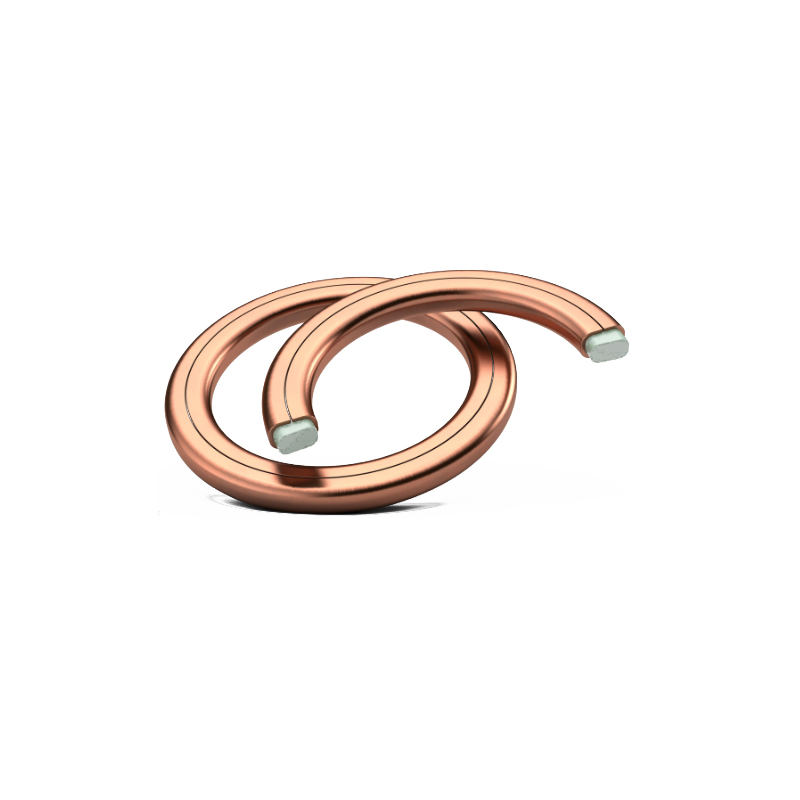Understanding the Functionality and Importance of Mechanical Seal Shafts in Various Applications
Understanding Mechanical Seal Shafts An Essential Component in Rotating Equipment
Mechanical seals are pivotal in maintaining the integrity of rotating equipment in various industries, including chemical processing, water treatment, and oil & gas. Among the key components of these seals, the mechanical seal shaft plays a crucial role in ensuring efficient operation while preventing leaks and contamination. This article delves into the importance of mechanical seal shafts, their design considerations, and maintenance practices that enhance their longevity and performance.
What is a Mechanical Seal Shaft?
A mechanical seal shaft is a critical part of a mechanical seal assembly, which is designed to maintain a tight seal between stationary and rotating elements
. The shaft itself is typically a cylindrical rod that connects to a rotating component, such as a pump impeller or mixer blade. The primary function of the mechanical seal is to prevent the escape of fluids or gases from the sealed area, which is vital for protecting both the environment and operational efficiency.Design Considerations
The design of the mechanical seal shaft involves several crucial factors, including material selection, dimensional accuracy, and surface finish.
1. Material Selection The shaft material must withstand various operating conditions, including temperature, pressure, and corrosive environments. Common materials include stainless steel, carbon, and ceramic, each chosen for its specific properties. For instance, stainless steel is known for its corrosion resistance, while carbon provides excellent wear resistance.
2. Dimensional Accuracy Ensuring precise dimensions is essential for the effective functioning of the mechanical seal. The fit between the shaft and the seal components must be tight enough to prevent leakage but not so tight that it causes excessive wear during operation.
3. Surface Finish A smooth surface finish on the shaft is vital for minimizing friction and wear between the sealing surfaces. Rough or damaged surfaces can lead to premature failure of the seal, resulting in leaks and operational downtime.
mechanical seal shaft

Maintenance Practices
Proper maintenance of mechanical seal shafts not only prolongs their lifespan but also optimizes the performance of the entire sealing assembly. Here are some essential maintenance practices
1. Regular Inspections Conducting regular inspections of the mechanical seal and its components can help detect signs of wear, corrosion, or misalignment early on. This proactive approach enables timely interventions and prevents more significant issues down the line.
2. Lubrication Ensuring that the shaft is adequately lubricated reduces friction and wear between moving parts. The choice of lubricant should be compatible with the process fluid and the sealing materials to avoid chemical degradation.
3. Alignment Checks Misalignment of the rotating shaft can lead to uneven wear and eventual failure of the mechanical seal. Routine checks and adjustments should be made to ensure that the shaft remains properly aligned with the associated components.
4. Contamination Control Implementing measures to control contamination—such as installing filters or using clean fluids—can significantly enhance the lifespan of mechanical seal shafts. Contaminants can lead to abrasive wear and compromise the seal’s effectiveness.
Conclusion
Mechanical seal shafts may be small components in the broader scheme of industrial machinery, but their importance cannot be understated. By understanding their design intricacies and implementing robust maintenance practices, industries can significantly improve the reliability and efficiency of their rotating equipment. This not only secures operational performance but also aligns with environmentally responsible practices. As industries continue to evolve, the ongoing innovation in mechanical seal technologies will undoubtedly pave the way for even more resilient and efficient sealing solutions.
-
Simplifying Oil Changes: A Comprehensive Guide to Oil Drain Plugs and Their Variants
News Aug.04,2025
-
Mastering Oil Drain Maintenance: Solutions for Stripped, Worn, and Upgraded Oil Plugs
News Aug.04,2025
-
Fixing Oil Pan Plug Issues: Leaks, Stripped Nuts, and the Right Replacement Solutions
News Aug.04,2025
-
Everything You Need to Know About Oil Drain Plugs: Sizes, Fixes, and Upgrades
News Aug.04,2025
-
Choosing the Right Oil Drain Plug: A Guide to Sizes, Materials, and Drain Innovations
News Aug.04,2025
-
A Complete Guide to Automotive Drain Plugs: Types, Problems, and Innovative Solutions
News Aug.04,2025
-
The Ultimate Guide to Car Repair Kits: Tools and Essentials Every Driver Should Own
News Aug.01,2025
Products categories















